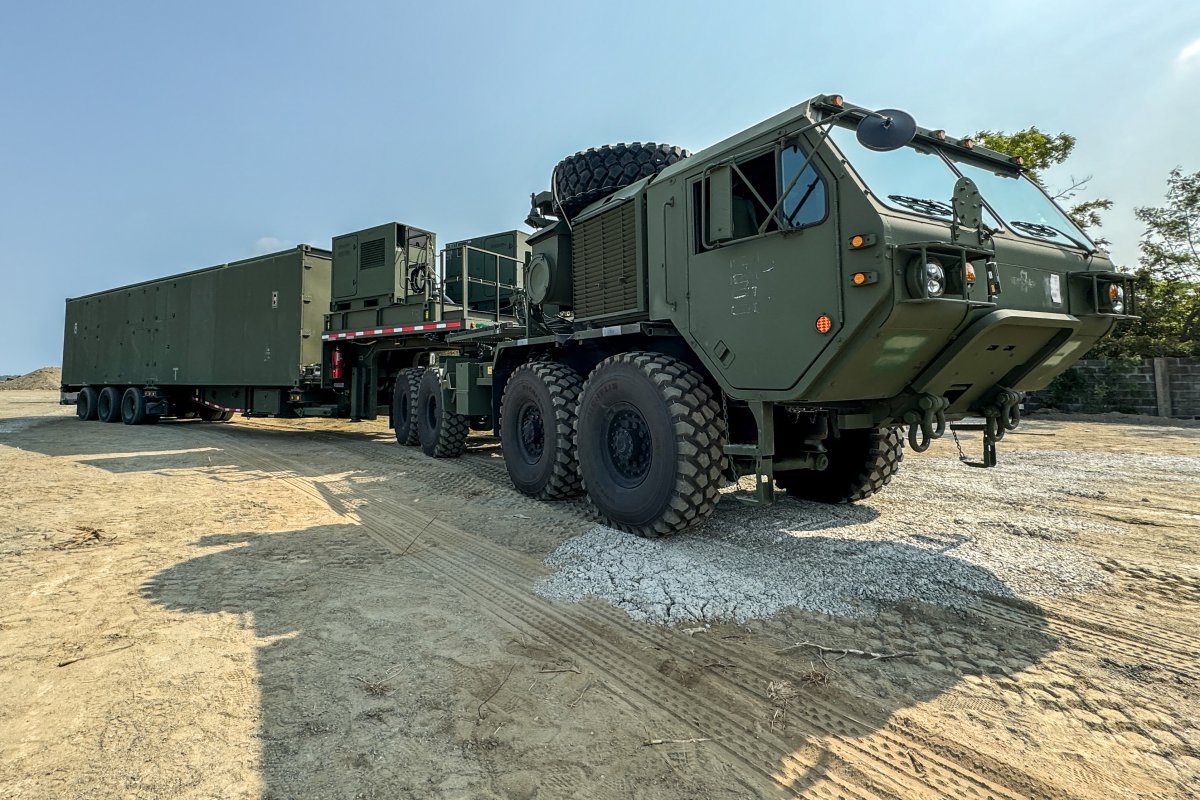In what it called a "historic first," the U.S. Army deployed a mid-range missile launcher in the Philippines as the allies continue to strengthen defense ties to counter Chinese expansion in the South China Sea.
The mid-range capability (MRC) missile system was deployed in Northern Luzon on April 11 for this year's Salaknib military exercise, which aimed to reinforce U.S.-Philippine capabilities and "deter present and future challenges in the region," U.S. Army Pacific commander Gen. Charles Flynn said in a statement.
Back in December, Flynn announced surface-launched medium-range missiles would be stationed at an unspecified location in the Indo-Pacific this year. China's foreign ministry framed this as another destabilizing move by Washington.
The Philippines is part of the so-called first island chain, a series of archipelagos stretching southward from Japan that the U.S. views as critical to preventing a potential Chinese invasion of Taiwan and preventing the People's Liberation Army from entering the Western Pacific
"This is a significant step in our partnership with the Philippines, our oldest treaty ally in the region," Brig. Gen. Bernard Harrington, commander of the U.S. military's 1st Multi-Domain Task Force, said in an Army Pacific press statement released Monday.
The missile launcher made an 8,000-mile trip from the U.S. aboard a C-17 Globemaster III transport plane. In another first, the U.S. Air Force pilots and flight crew members also took part in what the statement called a demonstration of "the extensive reach and logistical precision of the Joint Force."
Designed to combine enhanced firepower with versatility on the battlefield, the mobile MRC launch system is capable of engaging both ground and air targets. It can be loaded with various munitions including Tomahawk cruise missiles, whose 1,500-mile range puts parts of China's coast and militarized artificial islands within range.
Although the Army did not give the precise location where the platform was deployed, the U.S. military currently has access to five different sites on the island of Luzon alone under a 2014 agreement with the Philippines.
The U.S. Army and Armed Forces of the Philippines did not immediately respond to written requests for comment.
Luzon faces China-claimed Taiwan and borders the contested South China Sea. Beijing asserts sovereignty over nearly all of the heavily trafficked waterway, including waters within the Philippines' internationally recognized exclusive economic zone.
The U.S. defense treaty ally under President Ferdinand Marcos Jr. has been pushing back against Beijing's incursions, resulting in confrontations with the China Coast Guard last month that left several Philippine sailors injured.
Next week, Washington and Manila will kick off the 39th edition of the Balikatan bilateral military exercise, the largest to date. A total of 16,000 U.S. and Philippine personnel are set to take part. The Australian Defence Force and, for the first time, the French Navy will also participate.

Uncommon Knowledge
Newsweek is committed to challenging conventional wisdom and finding connections in the search for common ground.
Newsweek is committed to challenging conventional wisdom and finding connections in the search for common ground.
About the writer
Micah McCartney is a reporter for Newsweek based in Taipei, Taiwan. He covers U.S.-China relations, East Asian and Southeast Asian ... Read more
To read how Newsweek uses AI as a newsroom tool, Click here.








